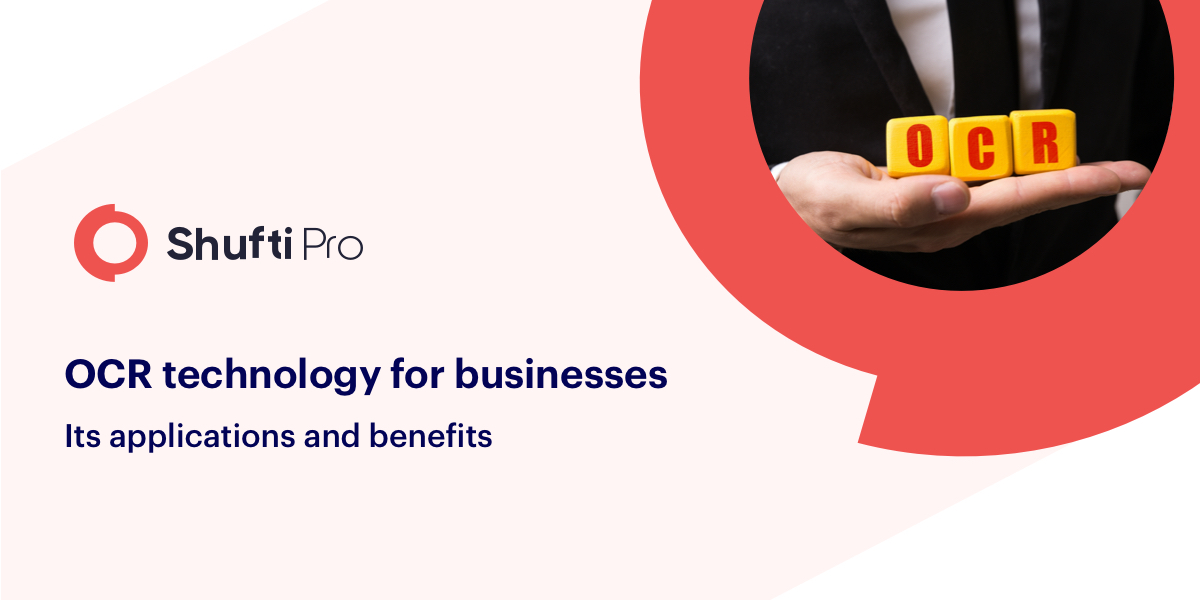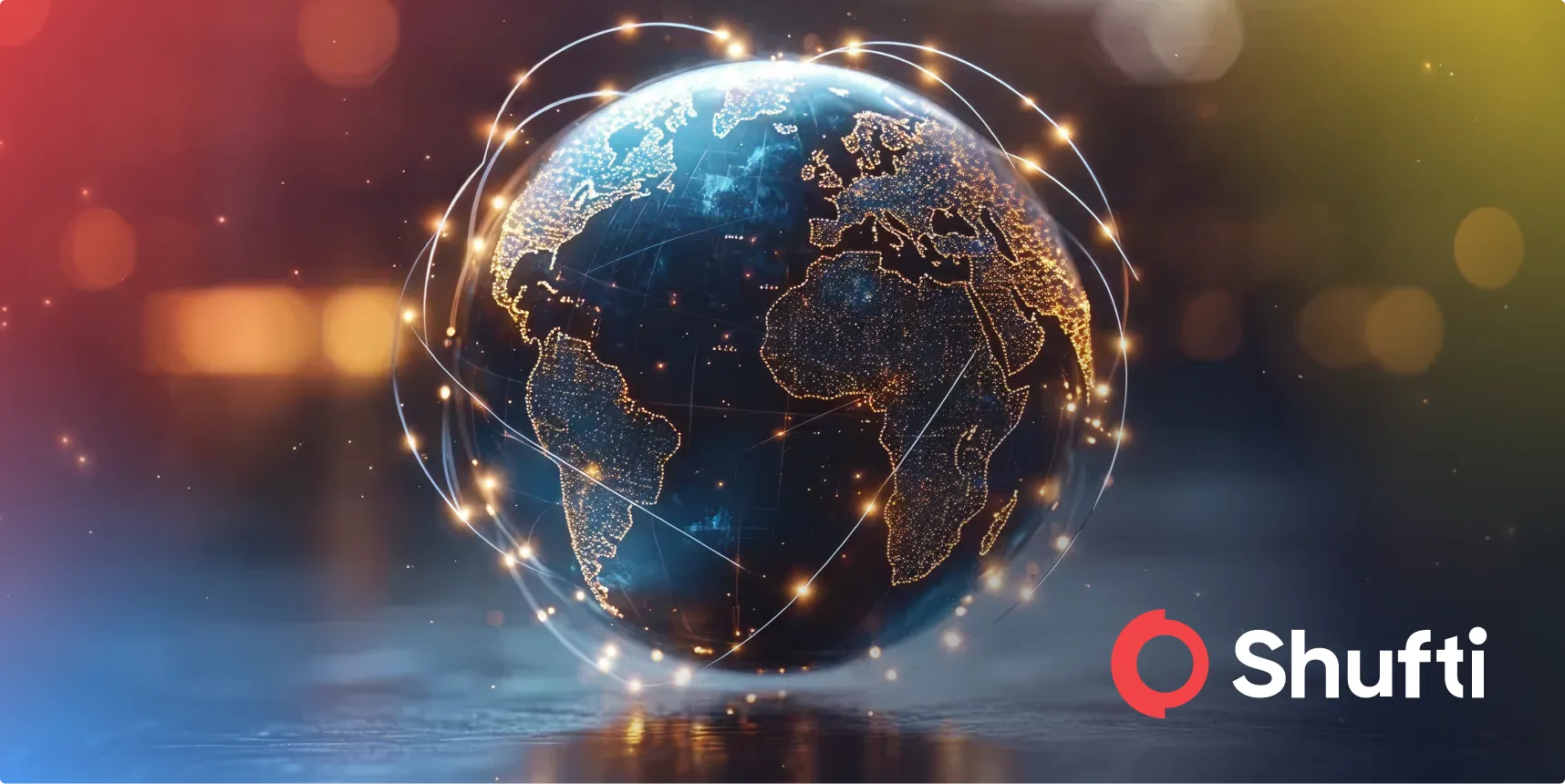OCR technology for businesses – Its applications and benefits

Optical Character Recognition (OCR) technology provides a business solution that automates data extraction from an image file or scanned document containing written or printed text. The extracted text is then converted into a machine-readable form that is further used for data collection, processing, and analysis.
OCR is a widespread technology used in various business operations to streamline the process of data extraction from the documents. It is capable of reducing the overall time it takes in manual data extraction and entry.
The technology started prevailing in the early 1990s while digitizing the historic newspapers. It then came through several startling improvements that today it is able to sleekly extract the data from documents and automate the global business processes. With constant advancements in the past few years, OCR technology has reached a remarkable accuracy of more than 90%.
User access to information is improved with advanced OCR technology that can extract data from a variety of text formats/templates such as invoices, contracts, ID documents, financial statements, receipts and many more. These digital files can be searched from a repository to find the required document, viewed, edited, and repurposed to send the information to other systems.
OCR technology gaining grounds at the business level
Automated OCR technology has abridged business workflows and operations. Businesses can employ technology to reduce the resources as well as save time in data collection and management. With high accuracy and robust OCR technology, businesses can extract data from multiple electronic or paper document formats. As the world is moving towards digitization, businesses around the globe are adopting innovative solutions in their workflows that could reduce the human effort, speeding up the processes and aligning well with the customer needs.
The following are some benefits that OCR technology brings for the businesses;
- Reduced manual identification: Businesses need to identify each onboarding individual. They can use OCR technology to automatically extract the customer details and verify it.
- Reduced cost: Automated document verification reduces human effort and therefore reduces the cost while providing improved services to customers.
- Substitute manual data entry operations: The business operation that includes the collection of customer information can employ OCR technology to feed the identity document to the system and get all the customer information from the document in seconds.
- Save human resources: The number of employees to manually enter the customer details in sheets can be reduced by integrating OCR services to their system. Hence, human resources can be minimized.
- Boost up the business workflows: With automated data collection and processing, businesses can speed up their processes that can ultimately boost the business revenue.
- Reduced error-rate: Businesses can reduce the error-rate as a result of manual data entry. AI-powered OCR system intelligently extracts the user information while mitigating the errors.
- Improved business productivity: Robust data collection process eventually improves business productivity. The resources that previously used to perform operation manually can be utilized in other useful work.
- Automated content processing: OCR technology extracts the information from documents and fills it in the fields accordingly. For example, it will extract the name from an ID card and fill it in the system storage against the field of ‘Customer Name’.
AI-powered OCR technology employs strong underlying algorithms and techniques that make it possible for businesses to compete in the digital world with respect to robustness and accuracy. For example, the banking industry has a lot to do with the paperwork. To comply with the regulatory requirements such as KYC/AML procedures or to ensure a clean customer base, there is a need for document verification.
Now the digital world demands digital solutions and so online banking emerged with a variety of online services. In this industry, identity verification via documents is the primary step that helps onboard honest individuals to participate in the legitimate financial system. Now the challenge of online document verification can be met using OCR technology. The online user aiming to open an online bank account would require to upload an official identity document, for example, an ID card for identity verification. OCR technology embedded in the document verification will extract the data from the user-uploaded document by identifying its format.
Using various algorithmic techniques, the data will be extracted and verified. An automated data extraction process reduces the overhead of manual data entry in the banking industry. The information is stored and can further be used for other purposes.
Use-Cases of Optical Character Recognition for Businesses
Conversion of a printed/scanned paper into machine readable form – An operation of many businesses. Before OCR, only one option that businesses had was to re-write/type the text that was a time-consuming process and prone to errors. The labor-intensive tasks are now replaced by automated OCR technology in businesses around the globe. The old texts are easy to access, search engines are using OCR to index the documents, number plate recognition can be done automatically. Other than these, the following are use-cases of Optical Character Recognition (OCR) technology:
Information retrieval
A searchable PDF format is one of the use-cases of OCR. The business systems that use OCR software convert the image-only PDF files and paper documents into searchable files. Unlike normal PDF files, these digital searchable files have an invisible overlay that contains searchable text. For this, OCR technology is used that acts as a digital system to find out the keywords, phrases, names, and other required information from those files.
Greater security with cloud storage
The paper documents are hard to secure from any unauthorized access. They can be stolen, misplaced or damaged easily. With cloud storage, it is easy for the companies to secure data in an efficient manner, providing a controlled access and protecting it from the breach. OCR technology helps extract data and store it on the cloud.
Small, medium and even big-sized enterprises prefer cloud storage to physical storage space. Cloud-storage makes it easy for smart devices and companies to access the data anywhere, on any smart device. OCR technology helps companies store the extracted data efficiently to the cloud where the users can access, read and edit the data easily.
Reducing costs
Advanced OCR solutions help businesses reduce the cost of hiring a professional for data entry. The OCR system is integrated into the whole system infrastructure and it extracts each receiving information. The manual data entry by professionals is replaced by an automated system. For example, to submit the utility bill online, the user just needs to upload the previous paid bill and the system will automatically extract the data from it. Now the need for active professionals on their seats to look for each request is entertained using OCR technology. Moreover, the cost of shipping, copying, and printing is reduced and companies can manage all the data in digital form rather than keeping a pile of documents that occupy large spaces.
Time Optimization
Business operations save time by utilizing OCR technology in their data extraction processes. With a better accuracy rate, OCR software reduces the error rate and optimize the time it takes to complete a task. Moreover, it paves the way for the company towards productivity and greater revenue generation.
Digital Identity Verification
The online businesses aiming to ensure a clean customer base are either required to perform identity verification to secure businesses or comply with regulatory requirements. Digital document verification against government-issued identity documents can help online businesses filter out bad actors. OCR technology is used in document verification in which an online user uploads an ID card, passport, driving license or credit/debit card, etc. to verify a person. With OCR, the information is extracted automatically and verified within seconds.
Automation
Online businesses scan the hard copy of the invoice of their customers after importing them into their system. The extracted data is validated automatically to check its credibility and accuracy. The slip can be categorized accordingly and moved to the accounting system. In this way, the whole system is automated after analyzing the content and moving it to the relevant set.
Shufti OCR has got your business covered. With its remarkable accuracy of more than 90% and fast real-time results, Shufti helps businesses automate their data extraction processes. In mere seconds, the banking industry, e-commerce, digital payment services, and many more can pull out the user information from any type of document by taking advantage of OCR technology. This reduces the overhead of manual data entry and time taking tasks of data collection.
Shufti pro offers both options of onsite verification with or without OCR.










